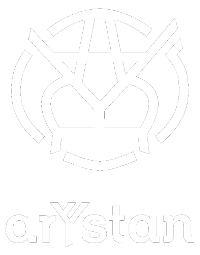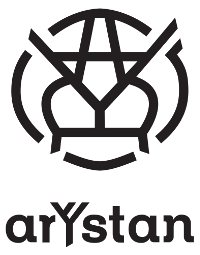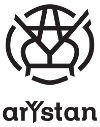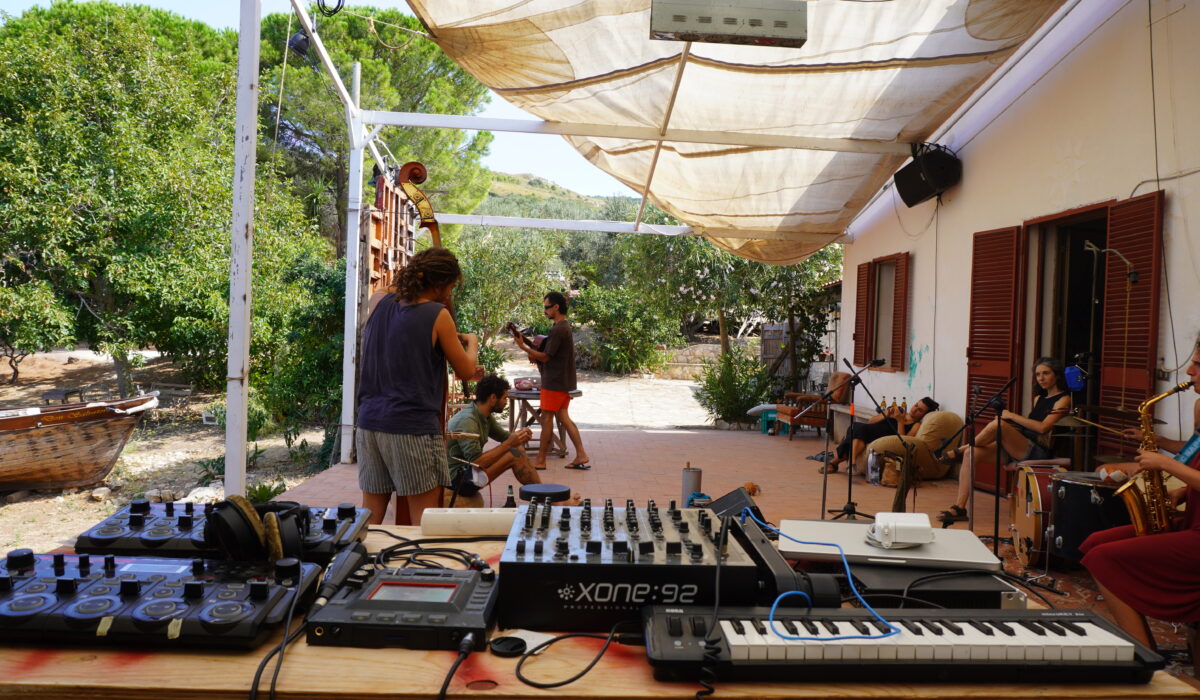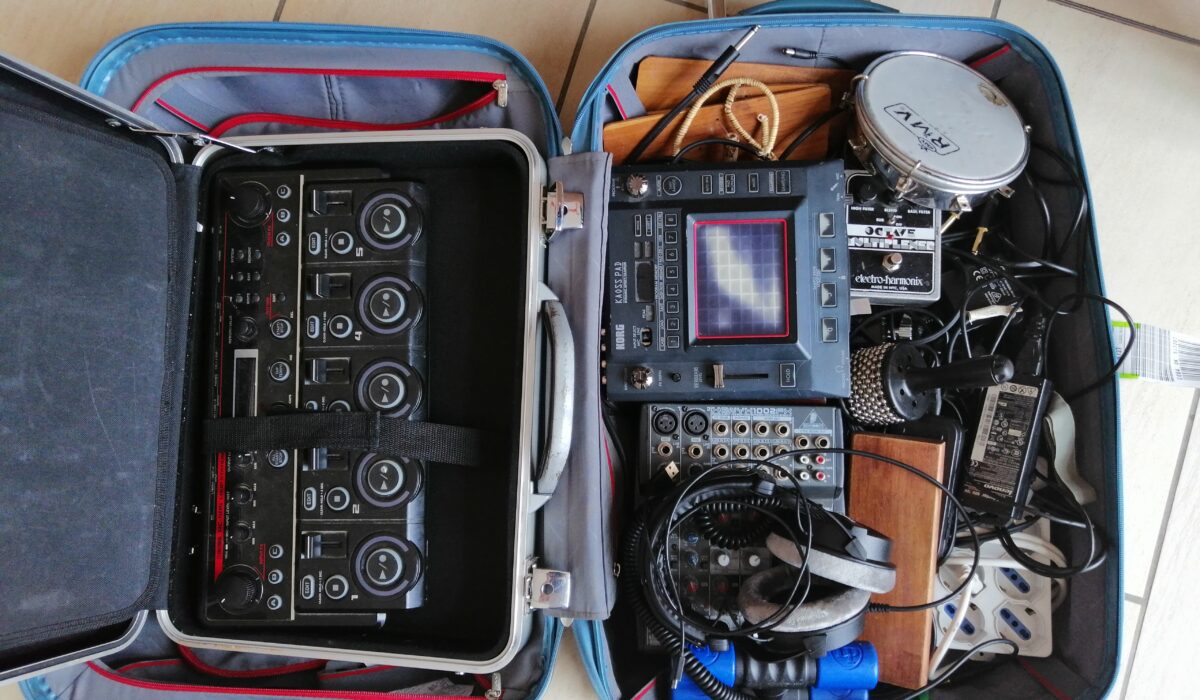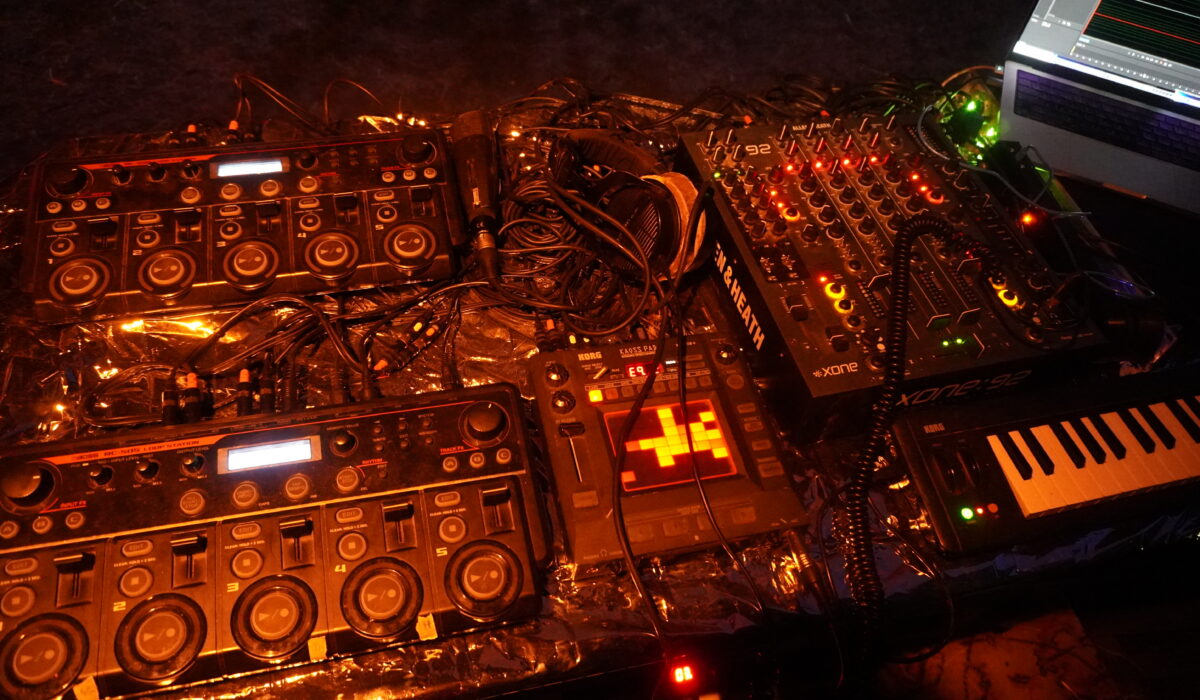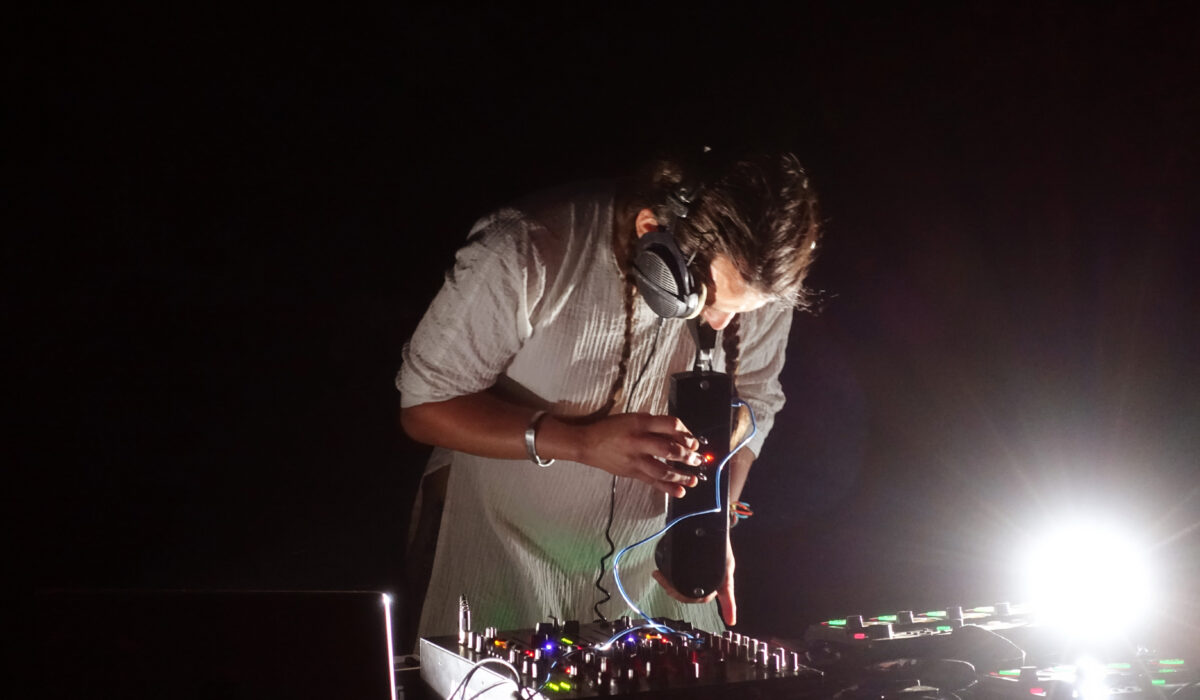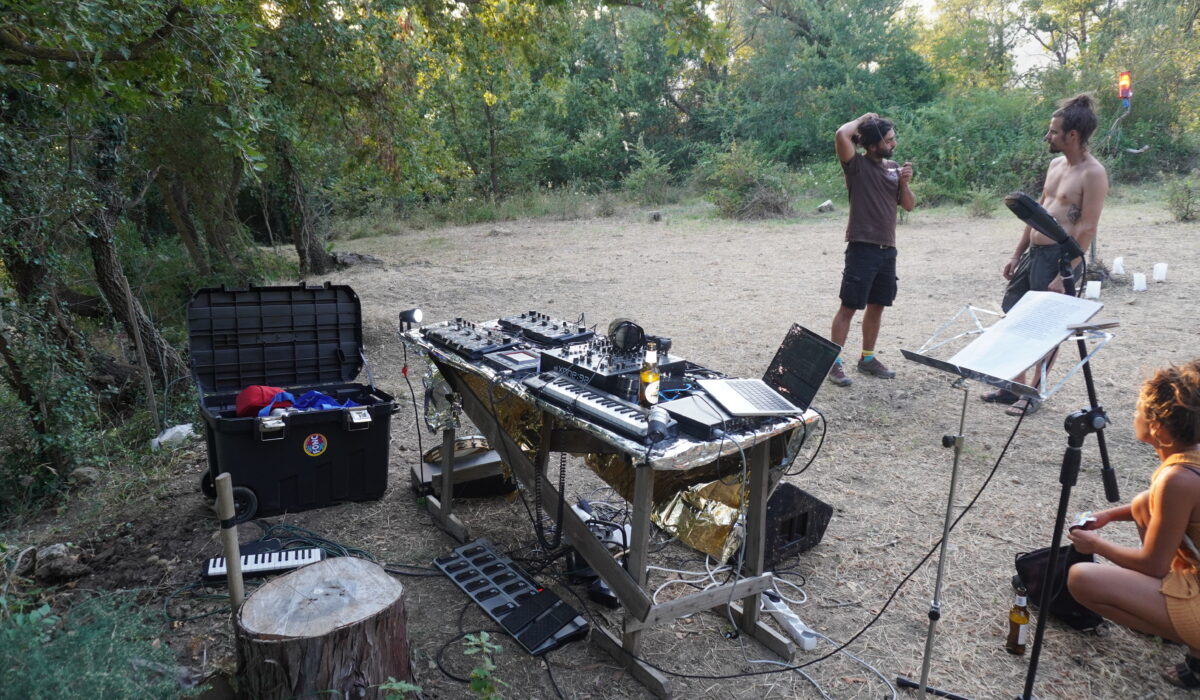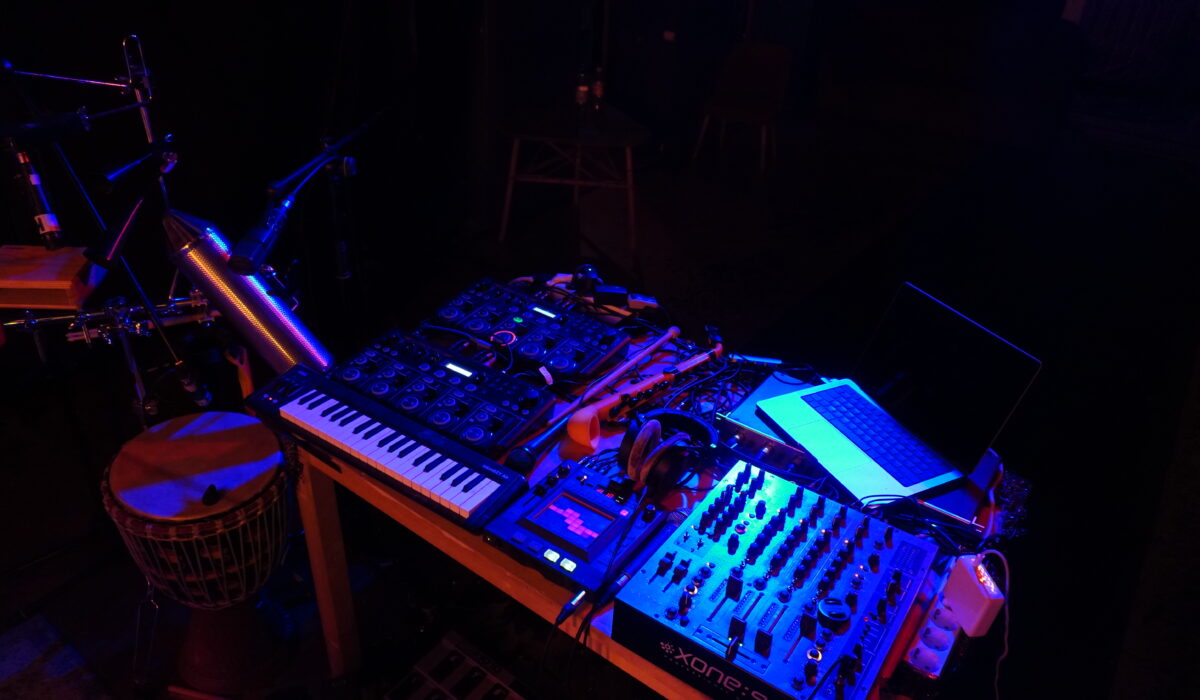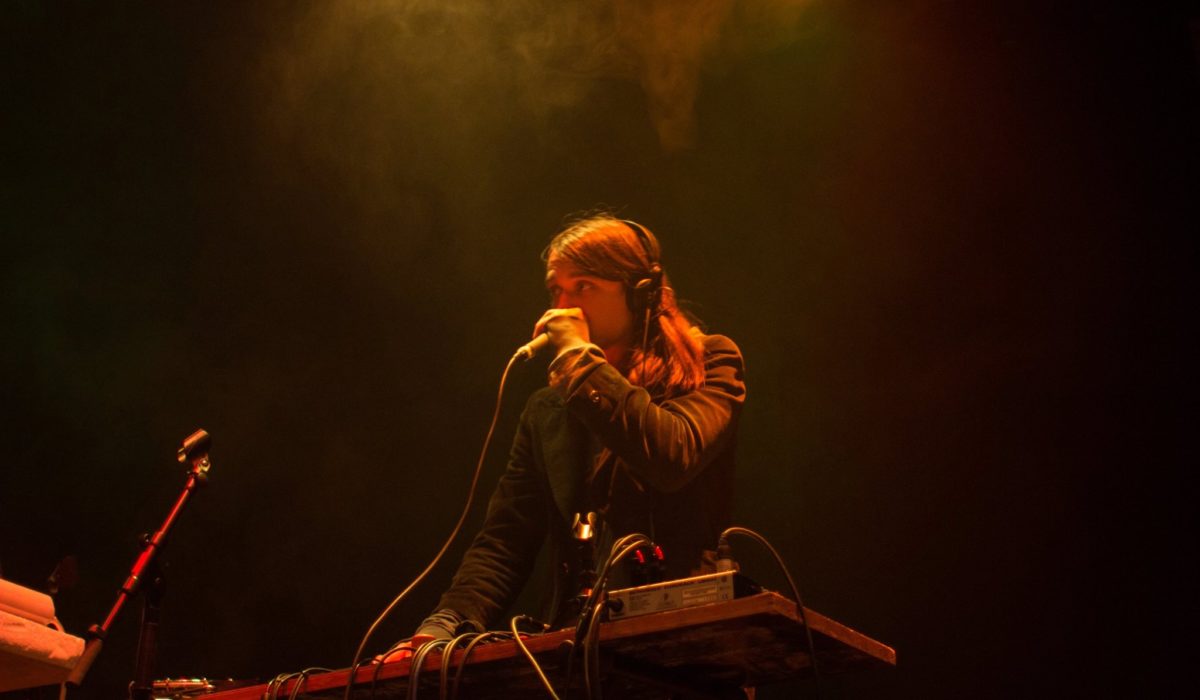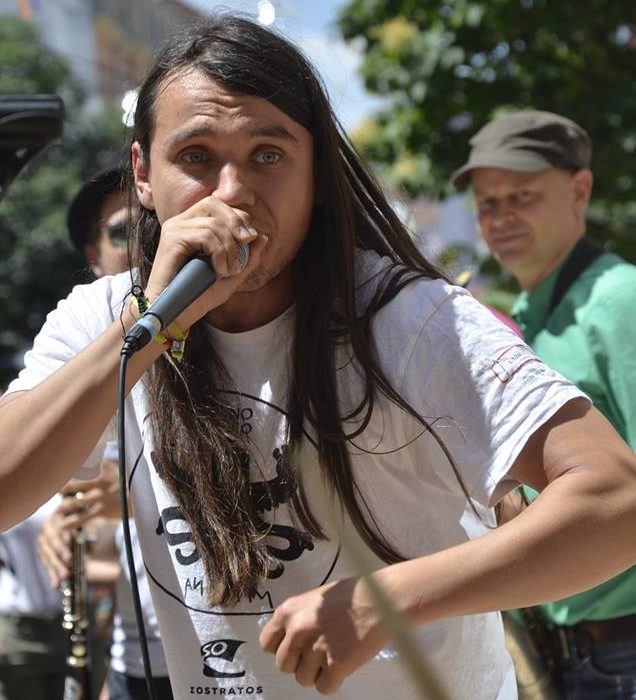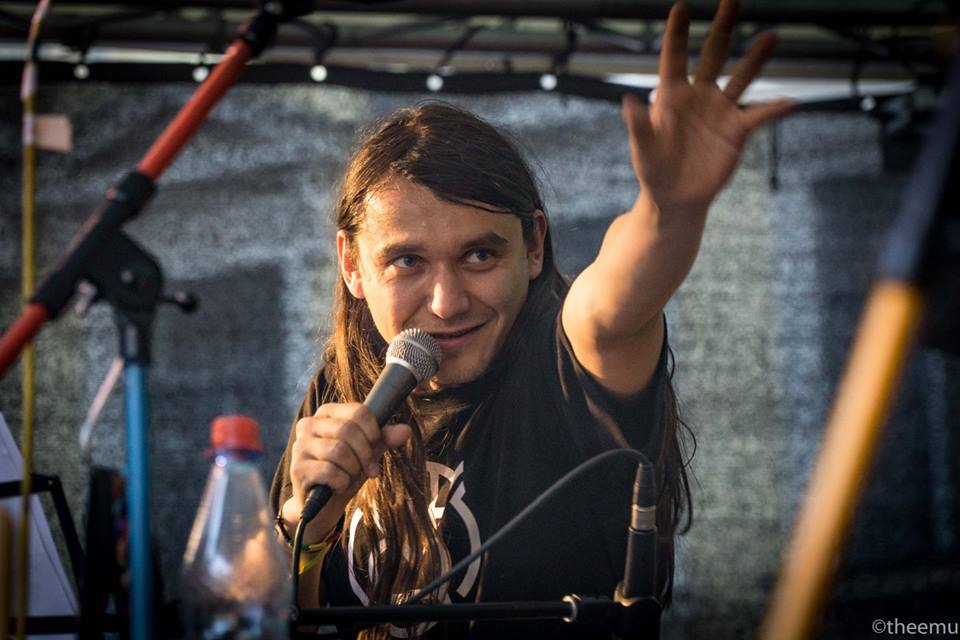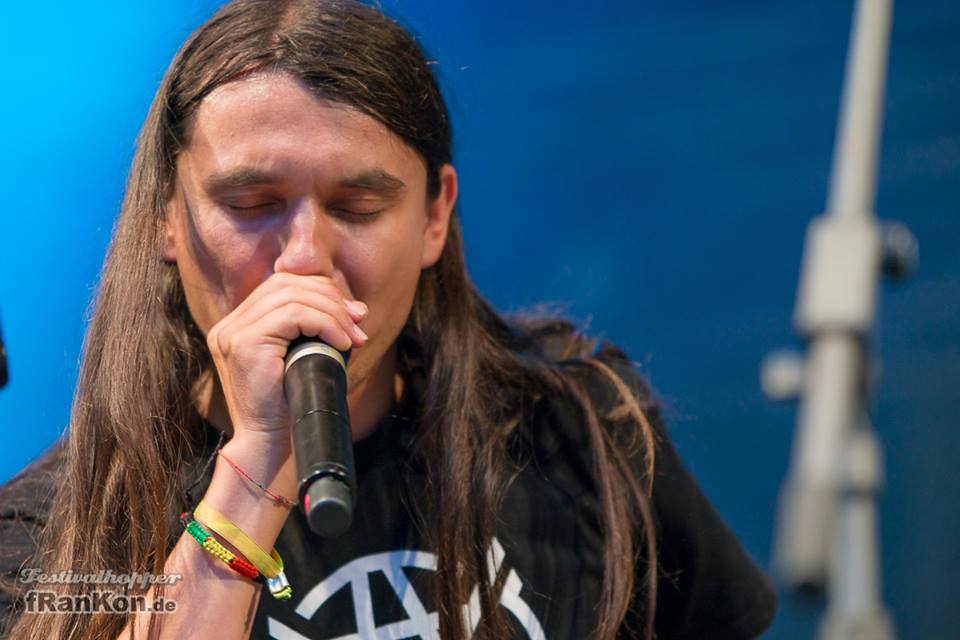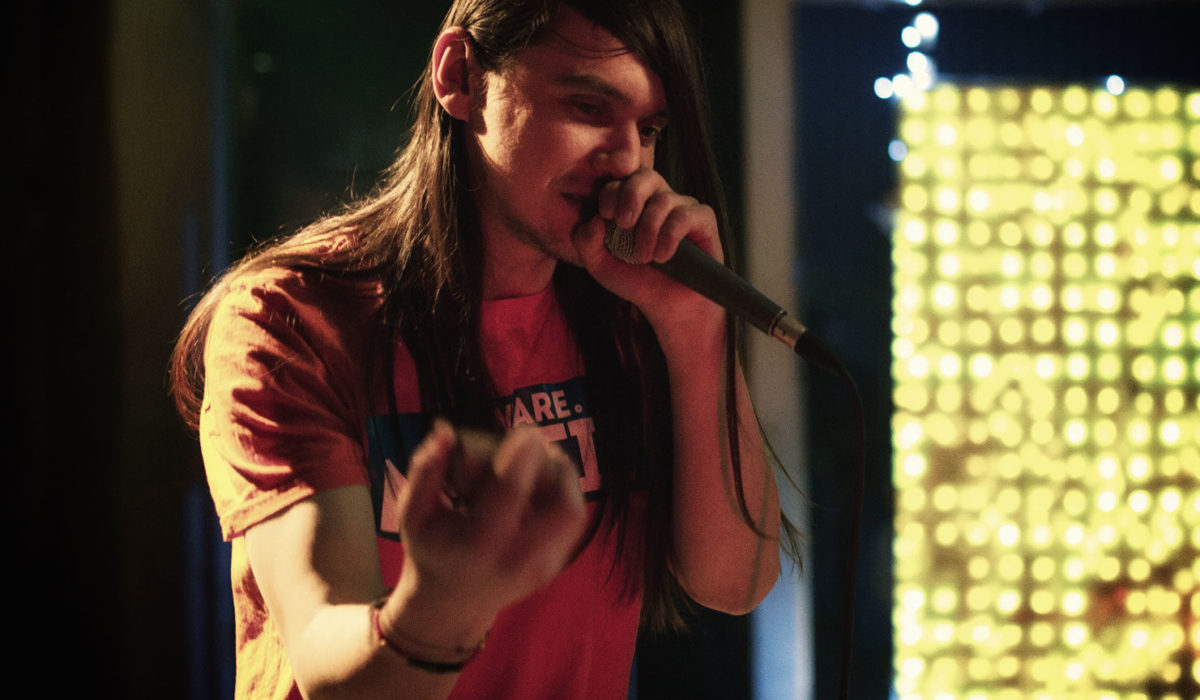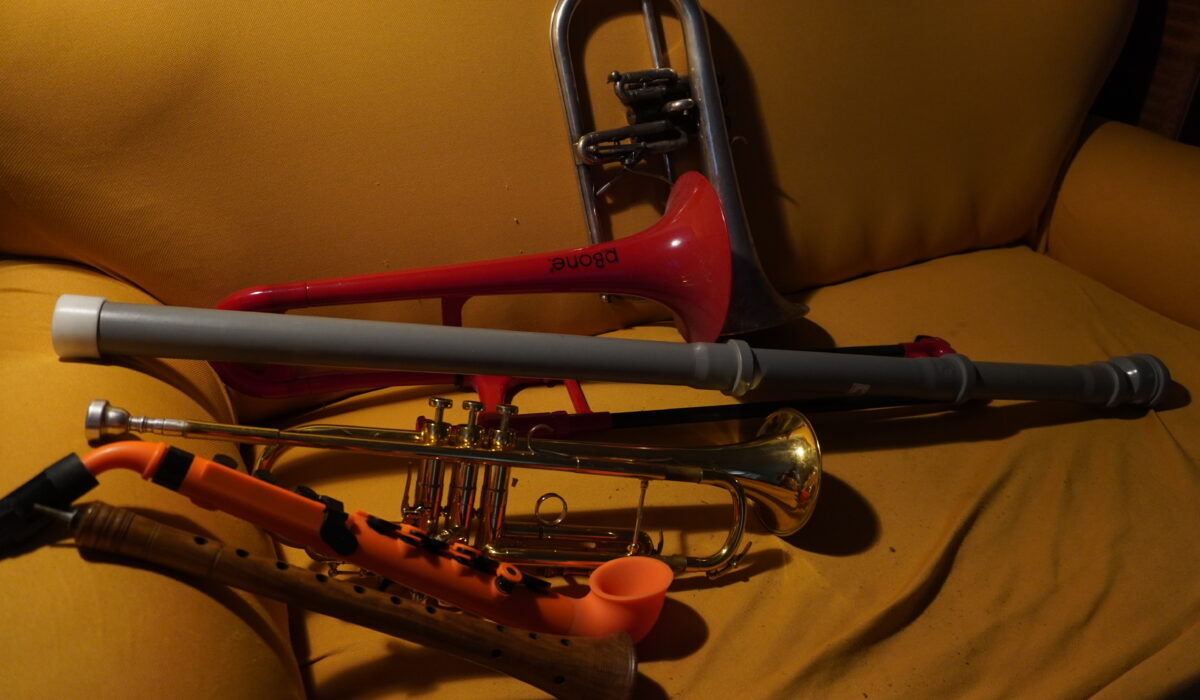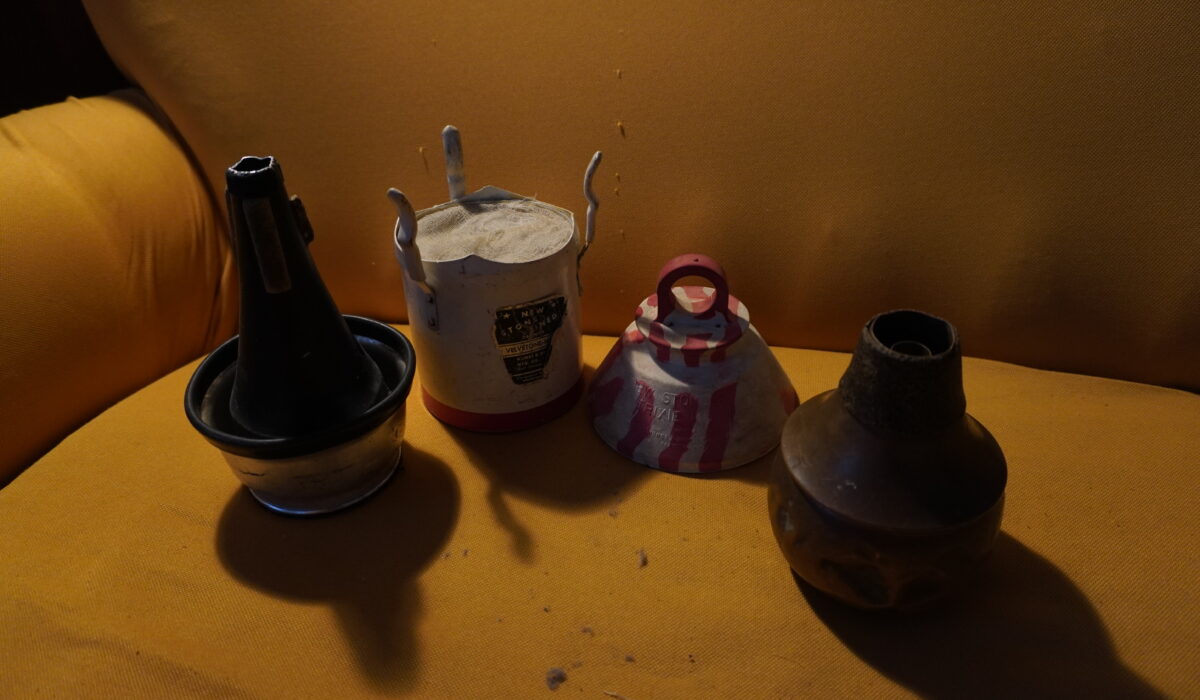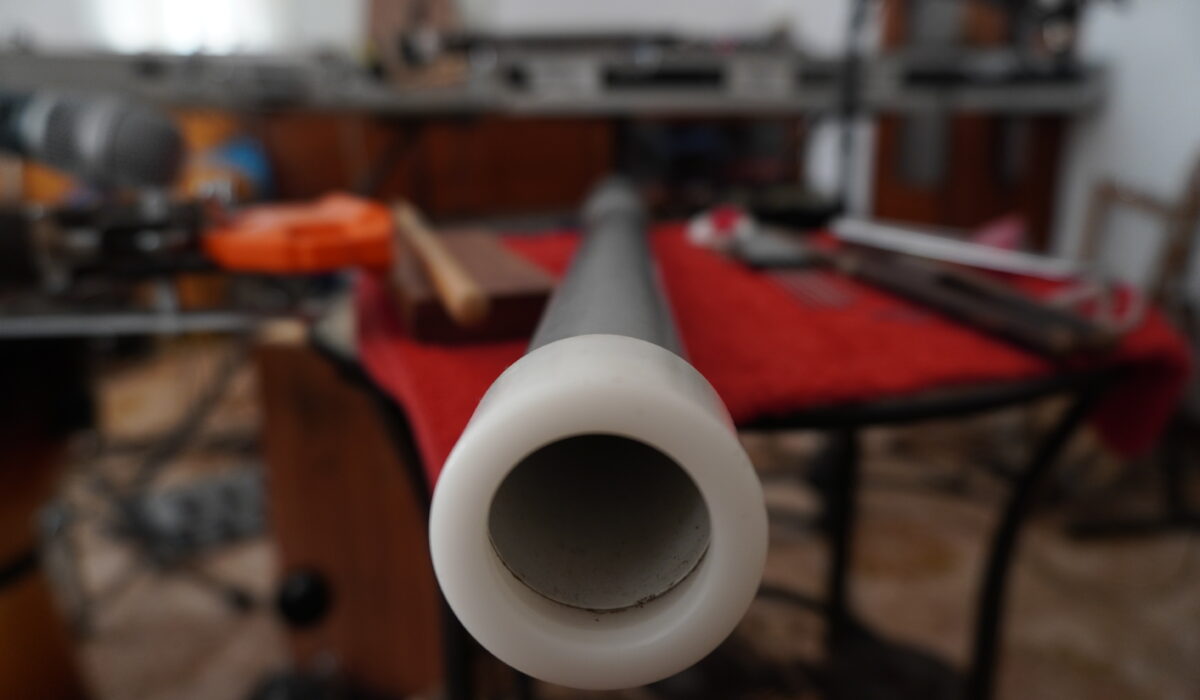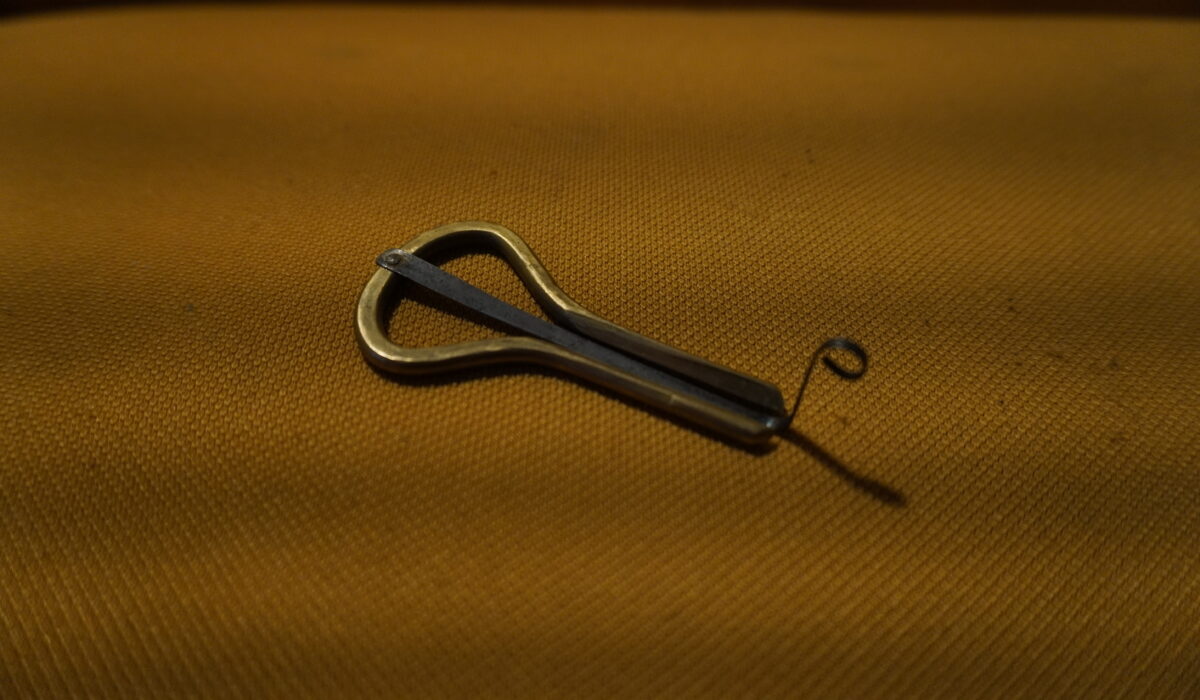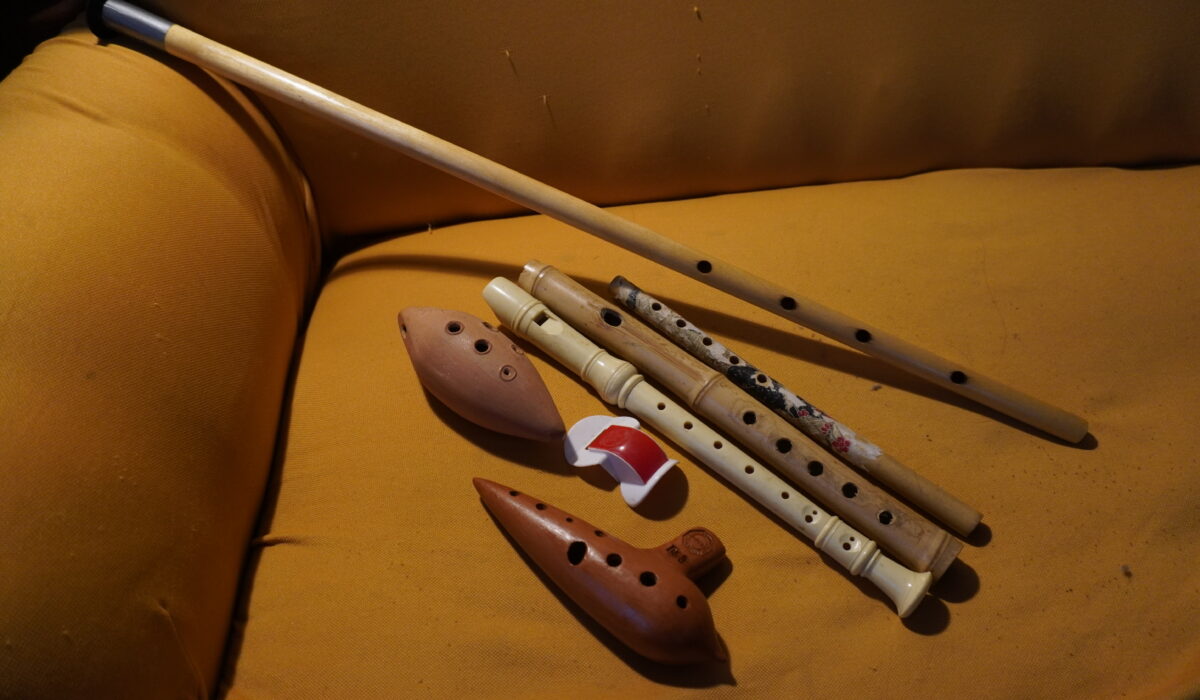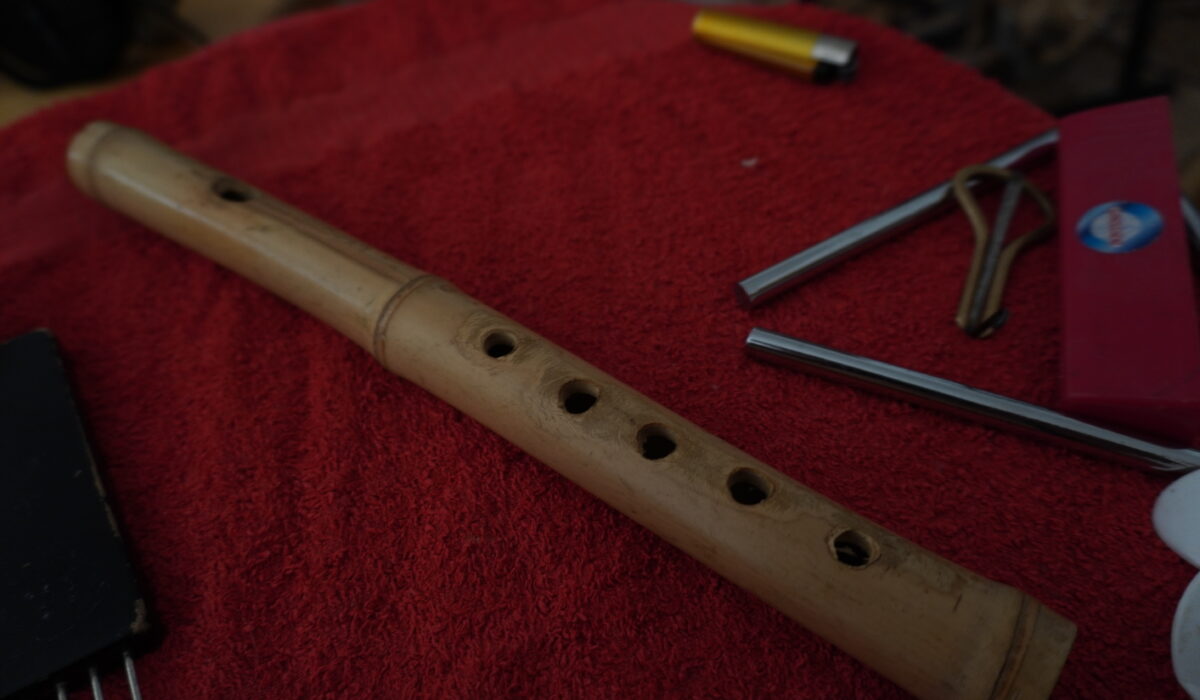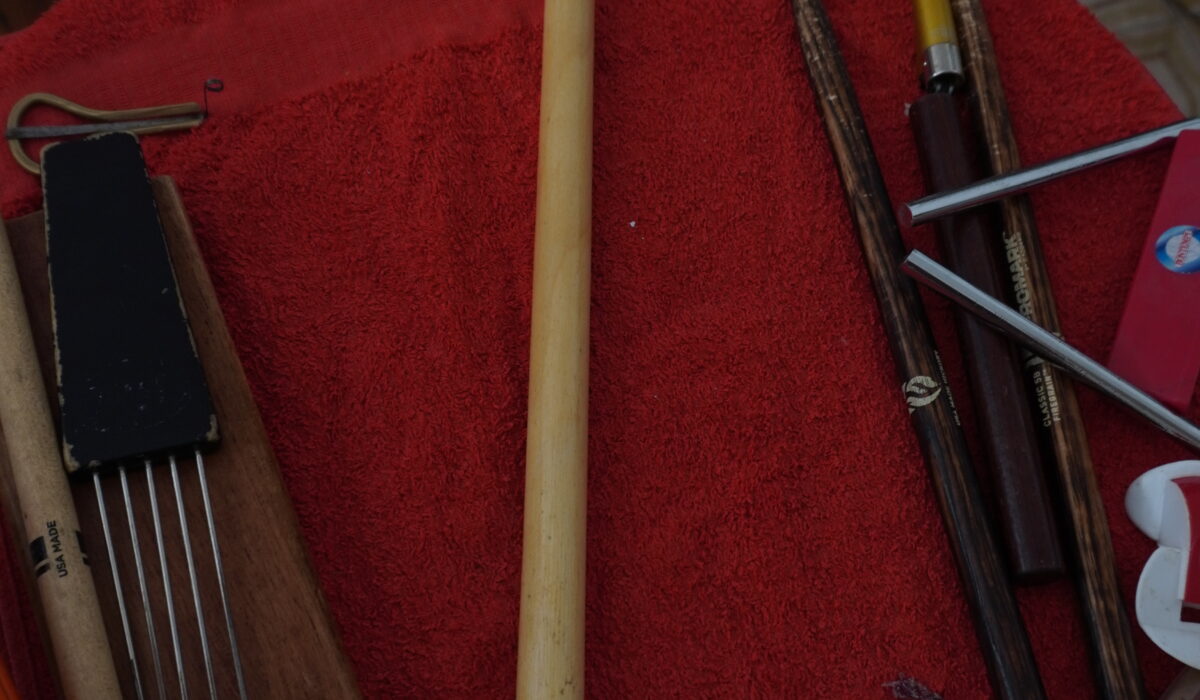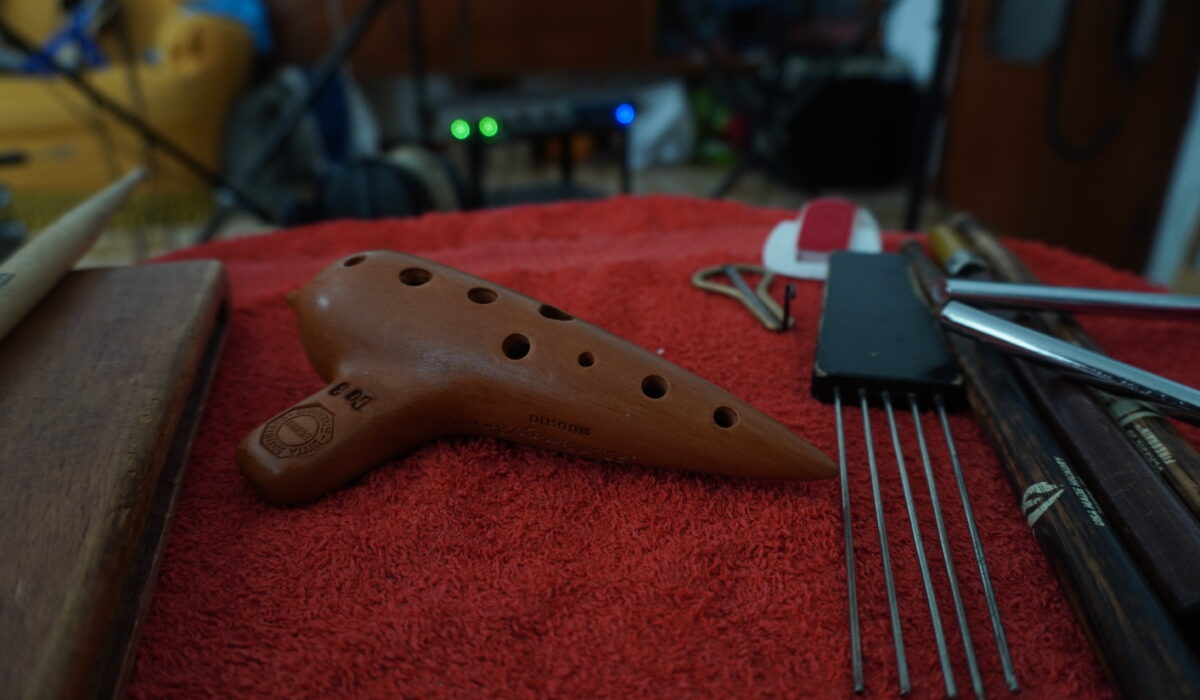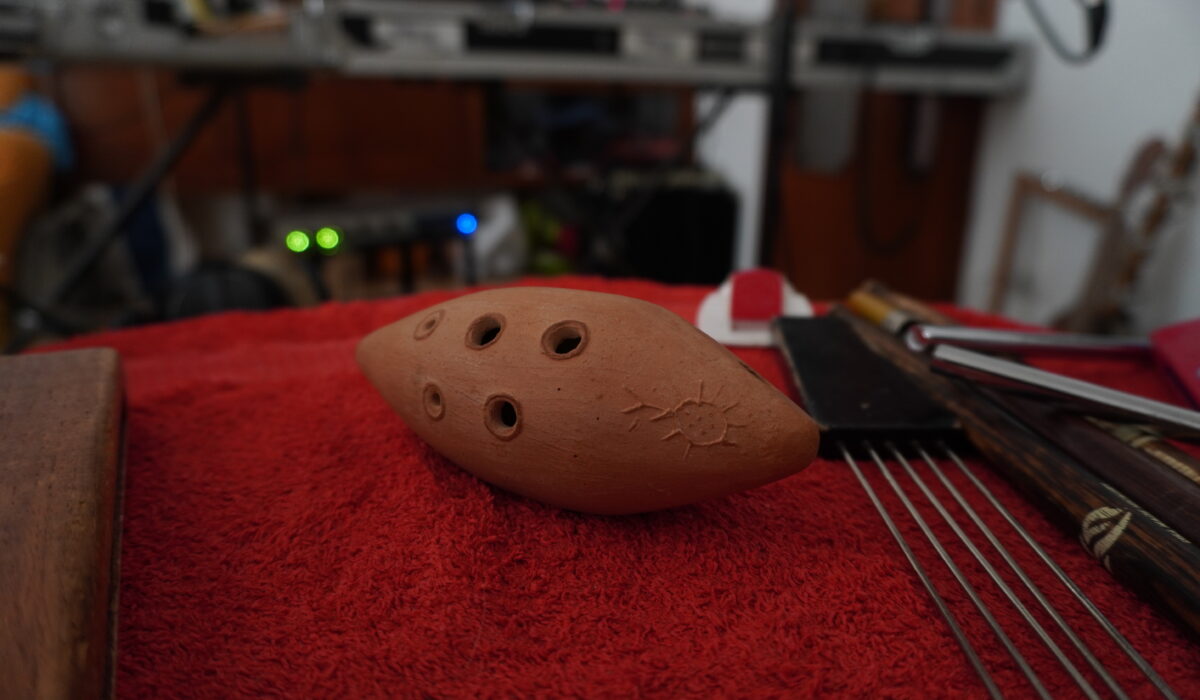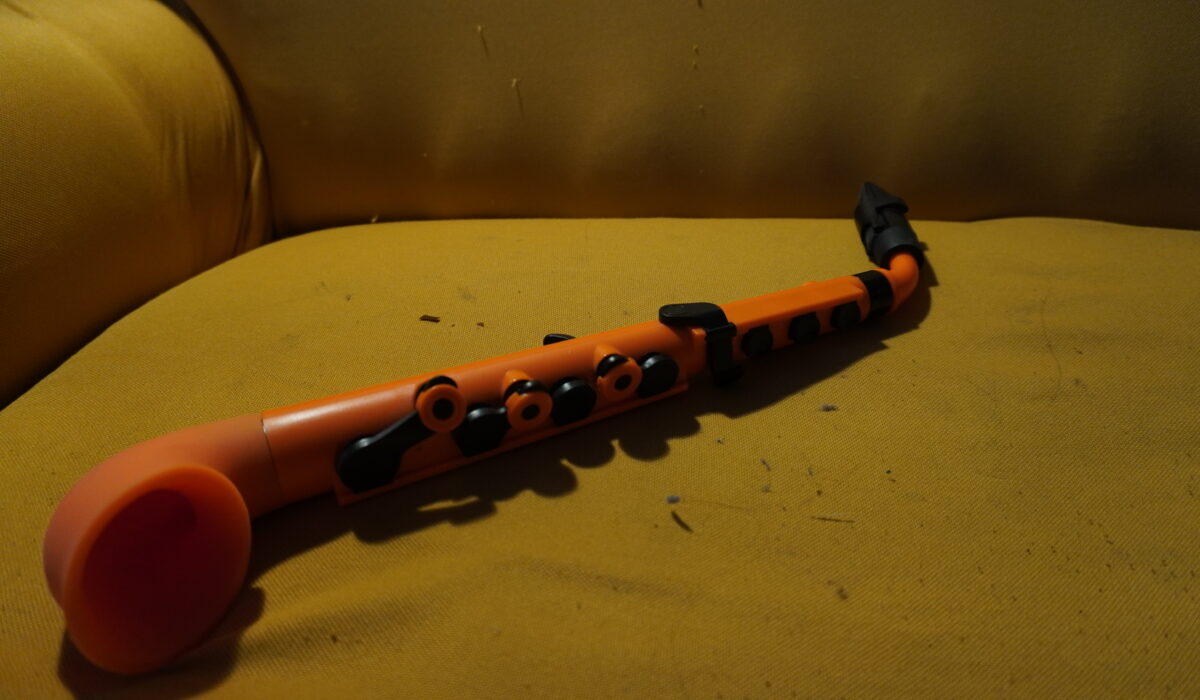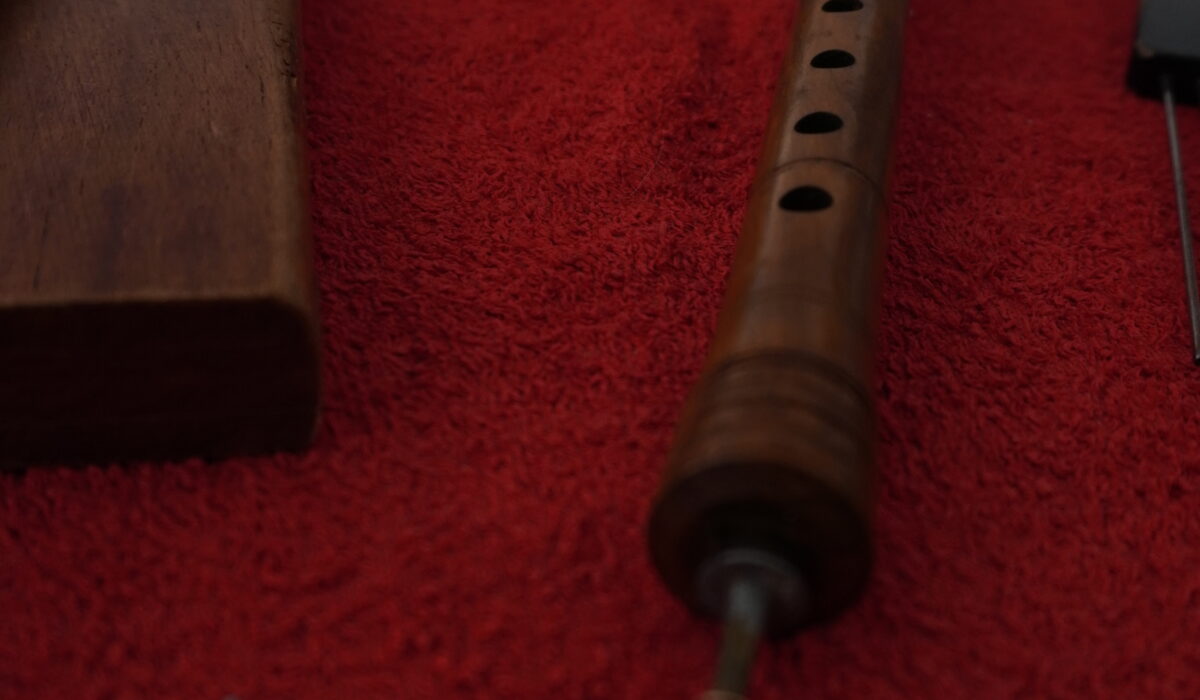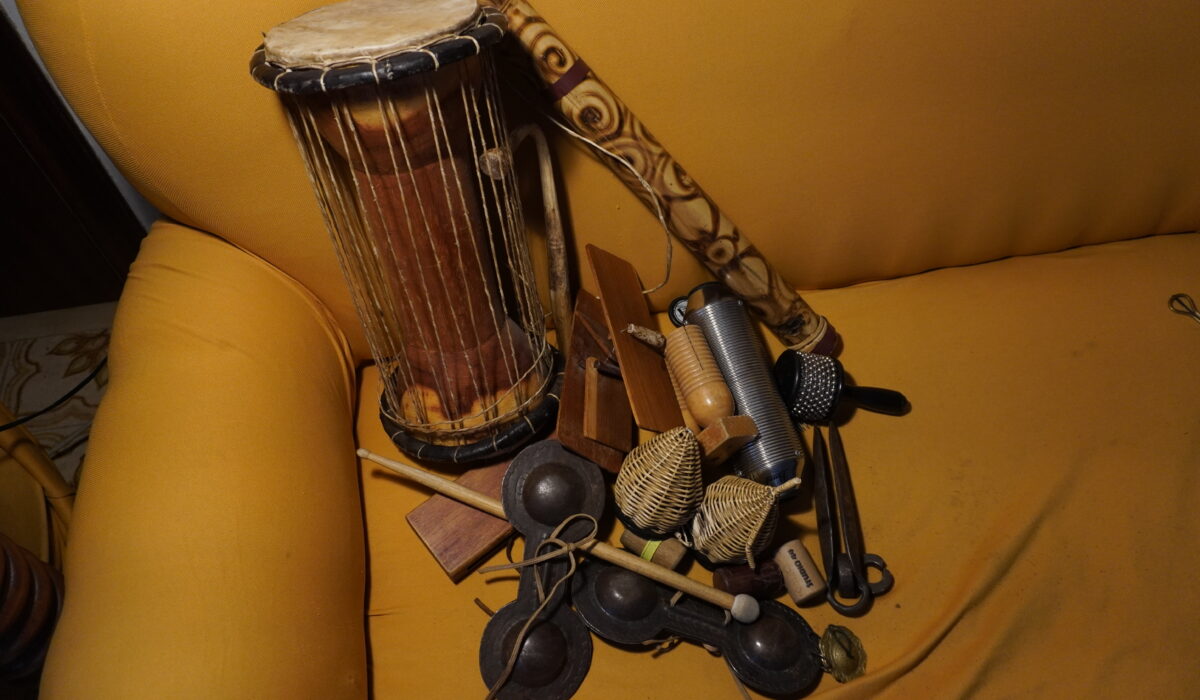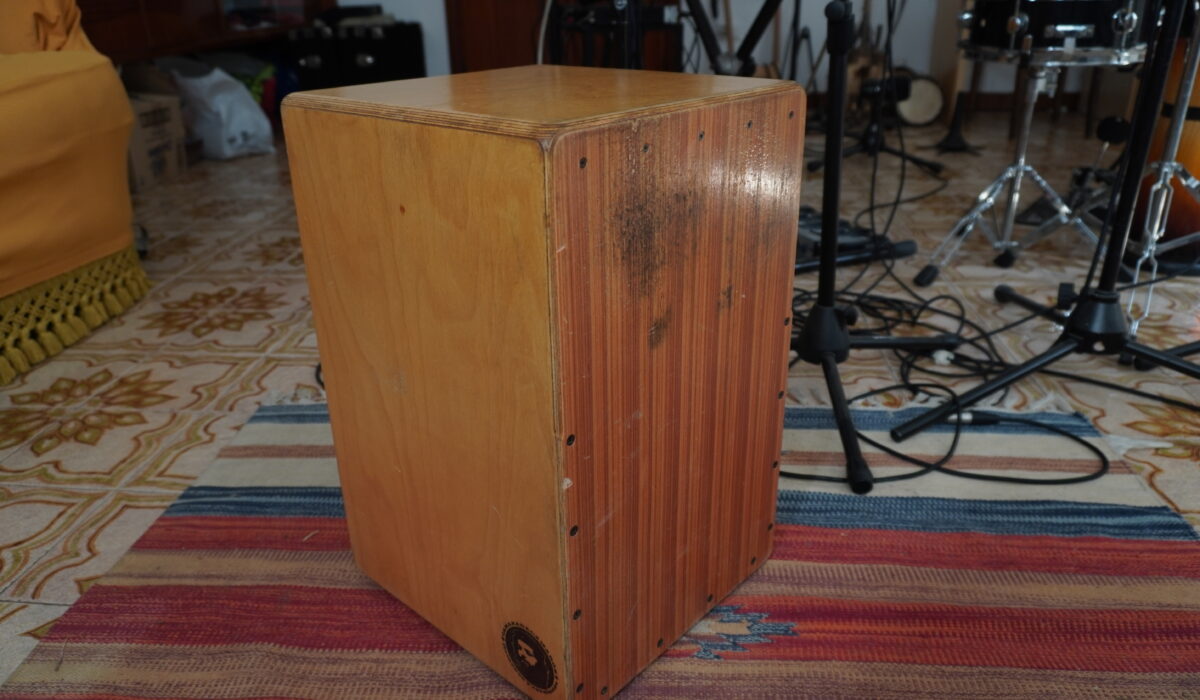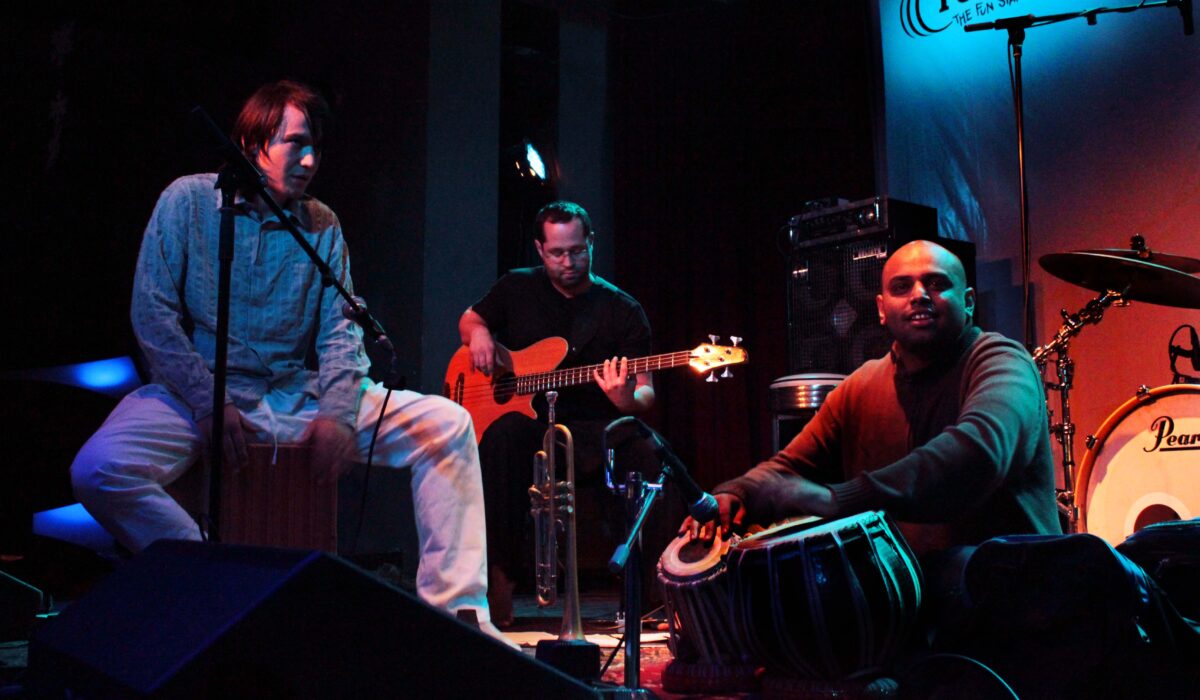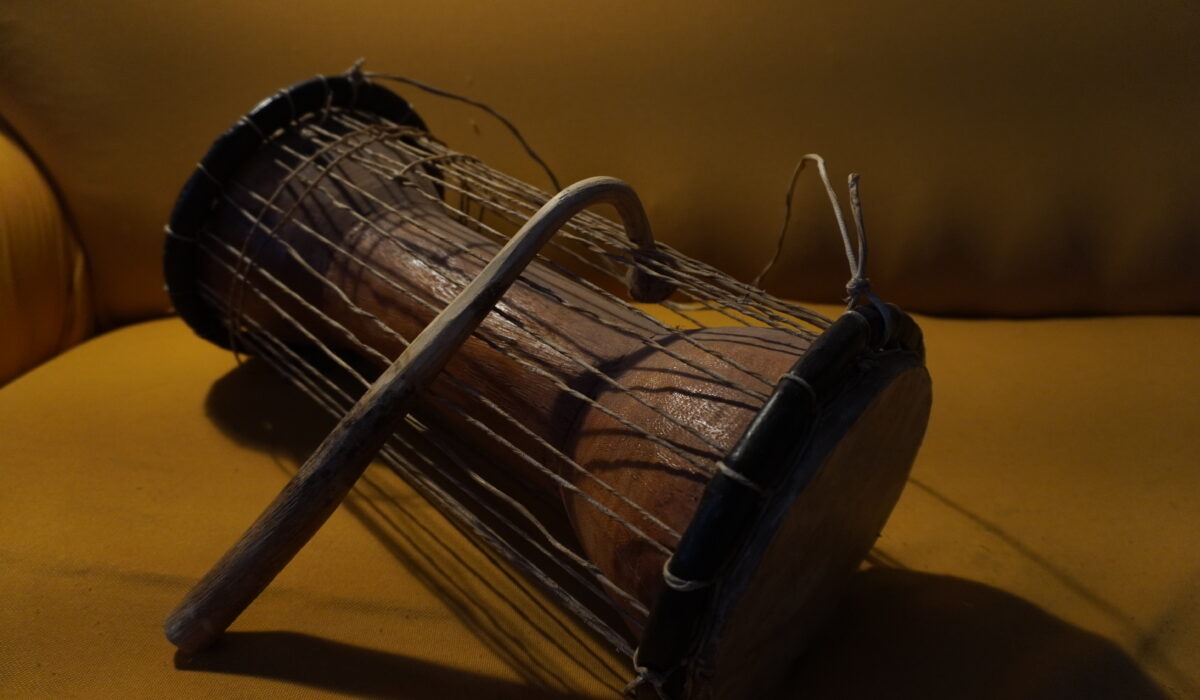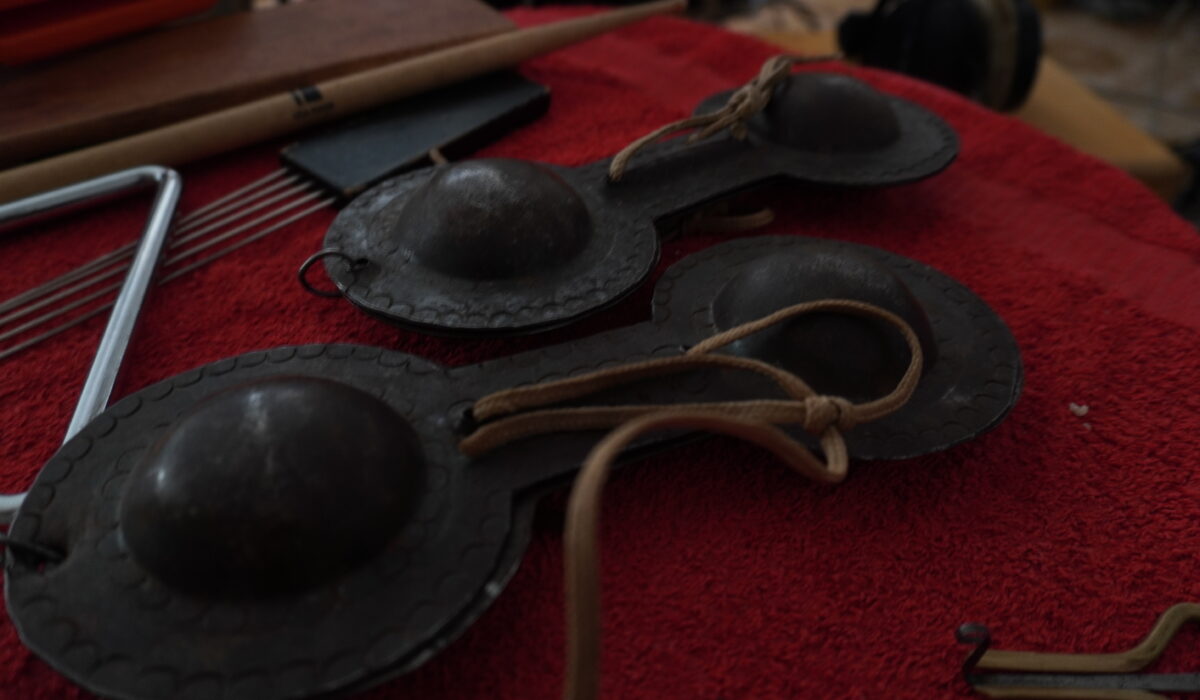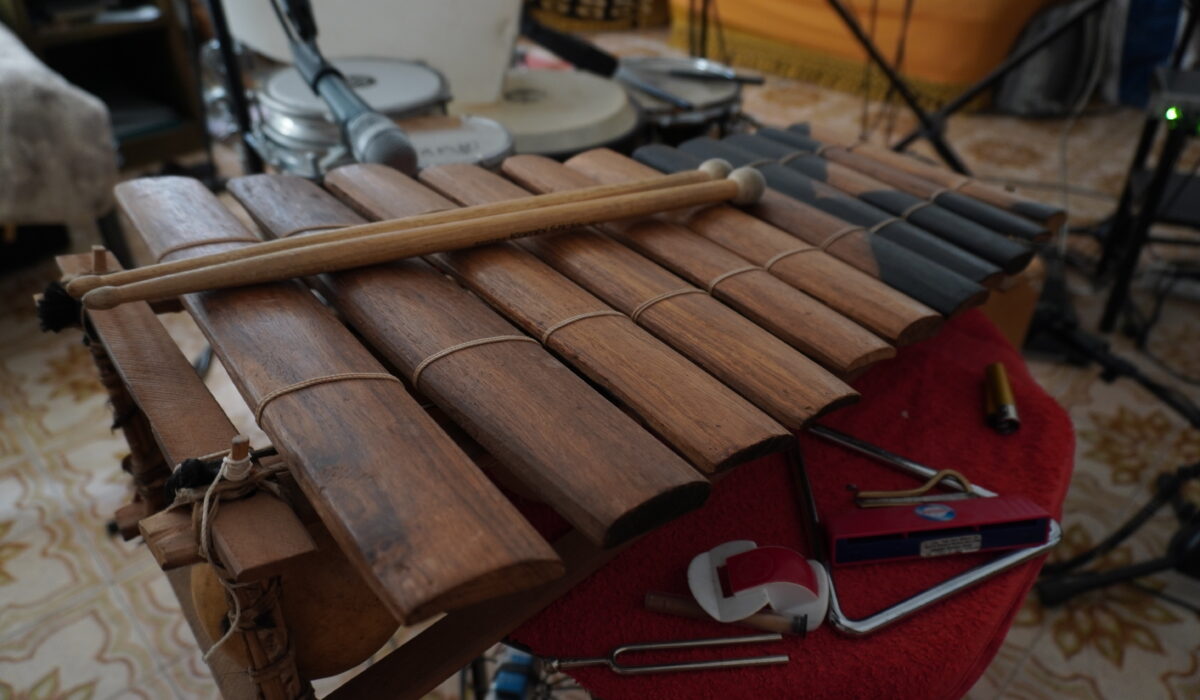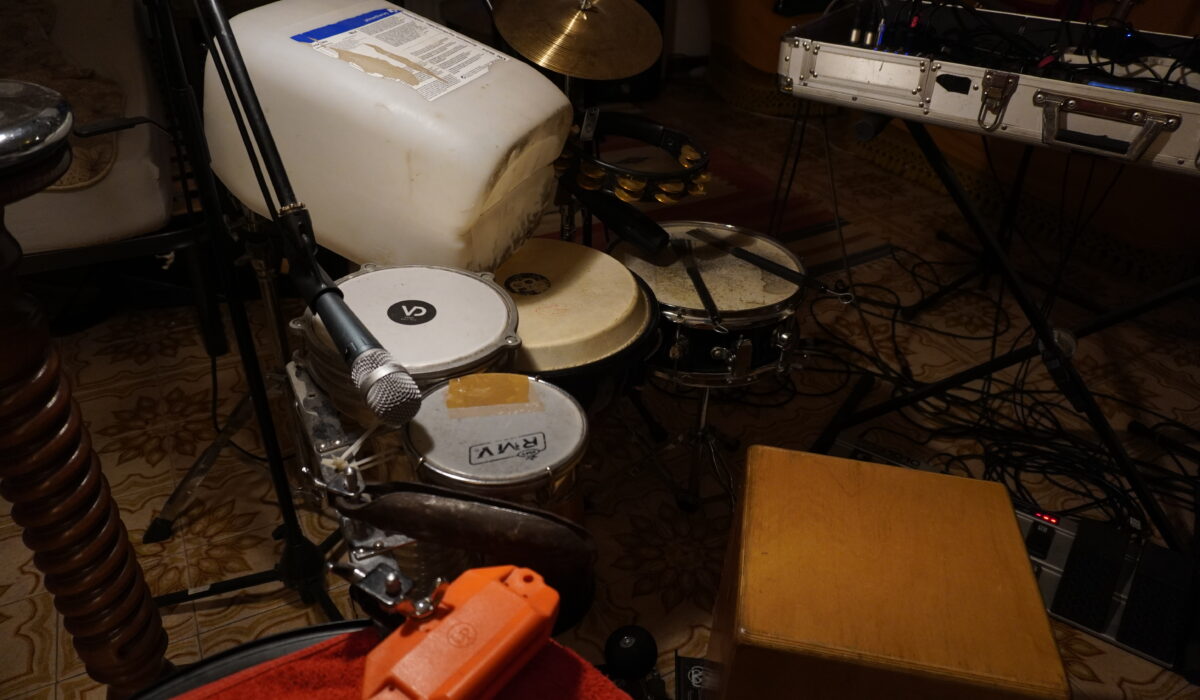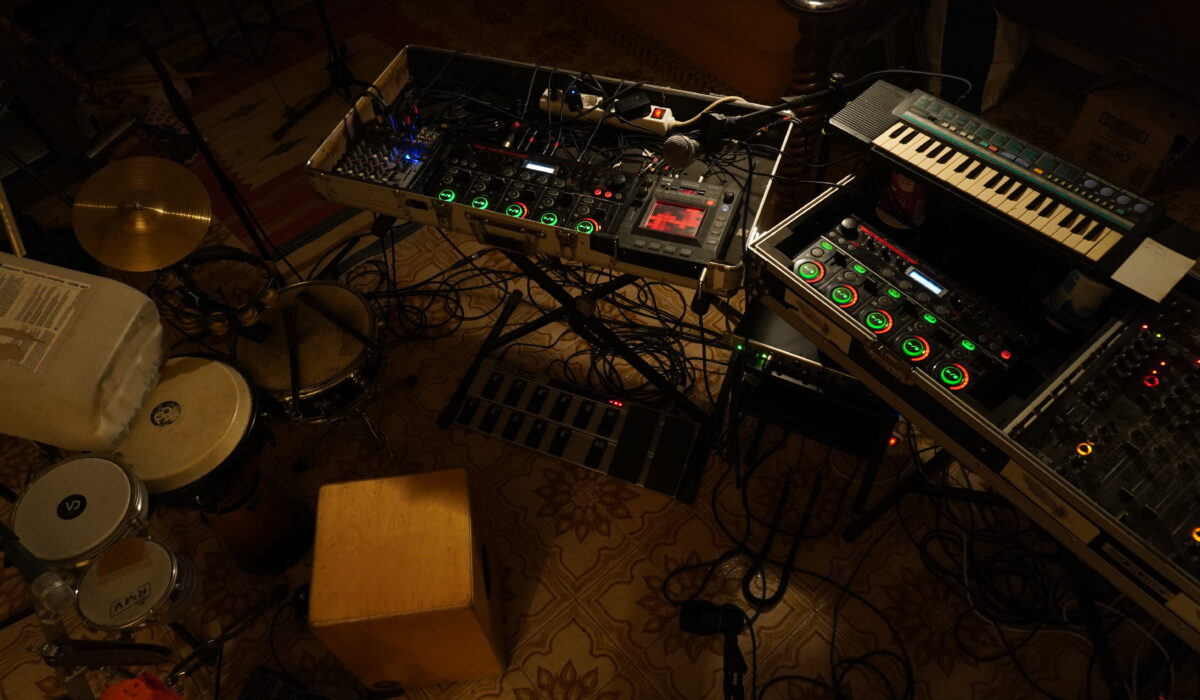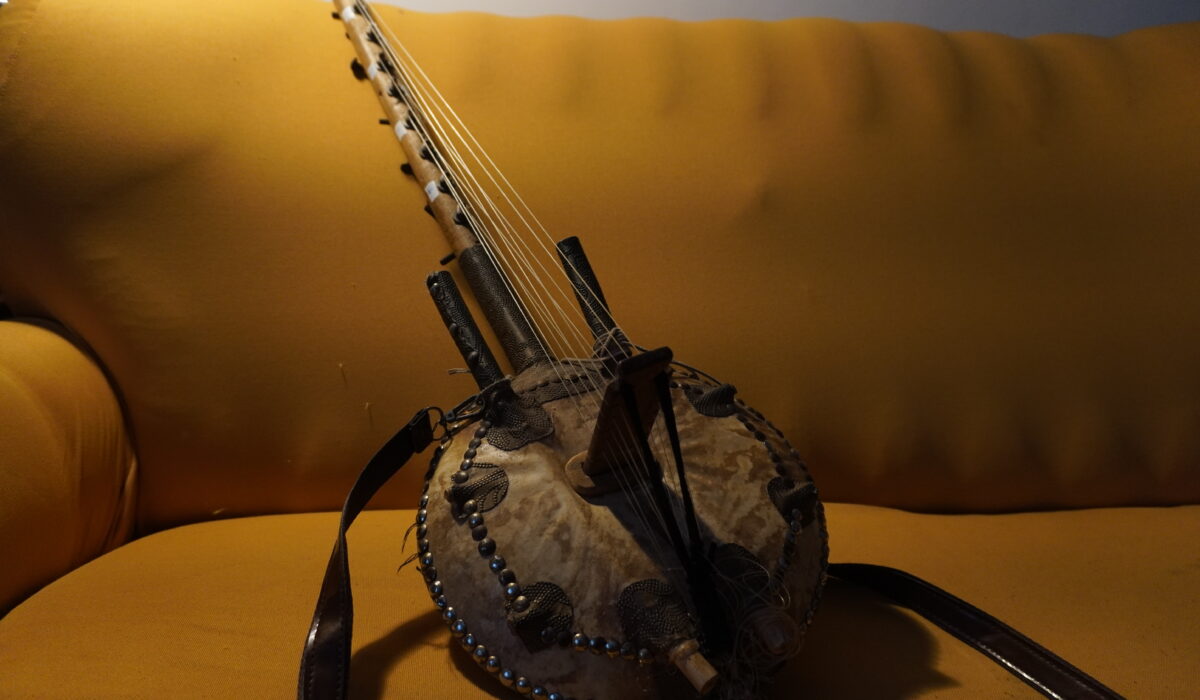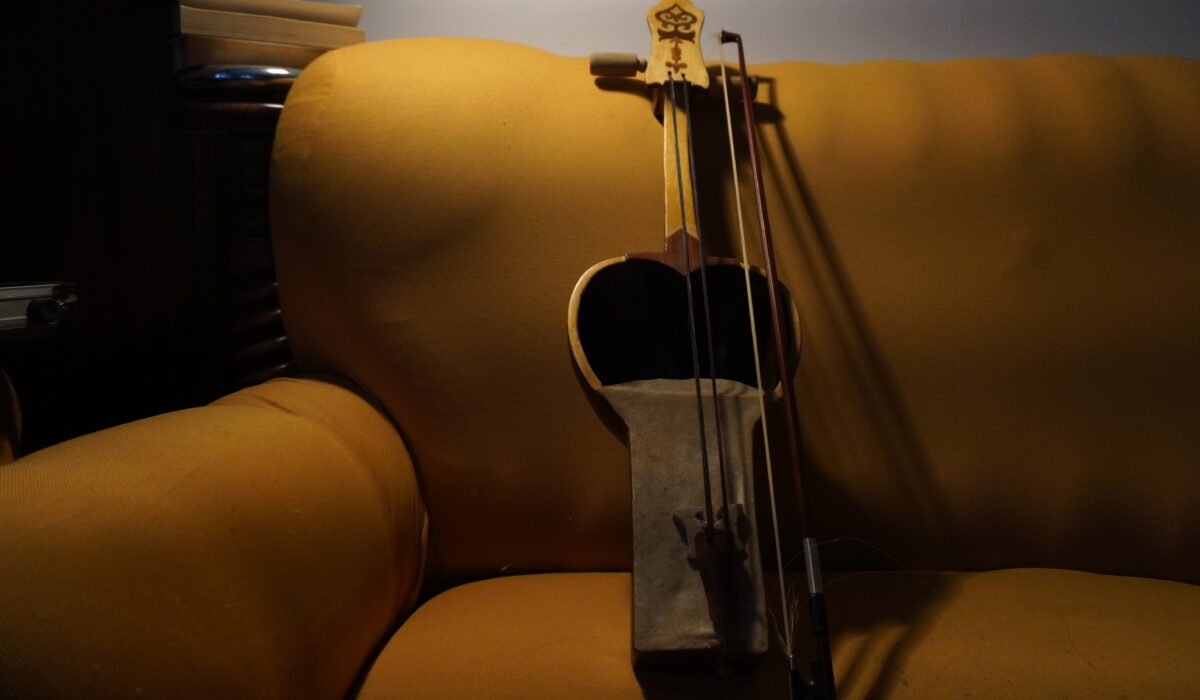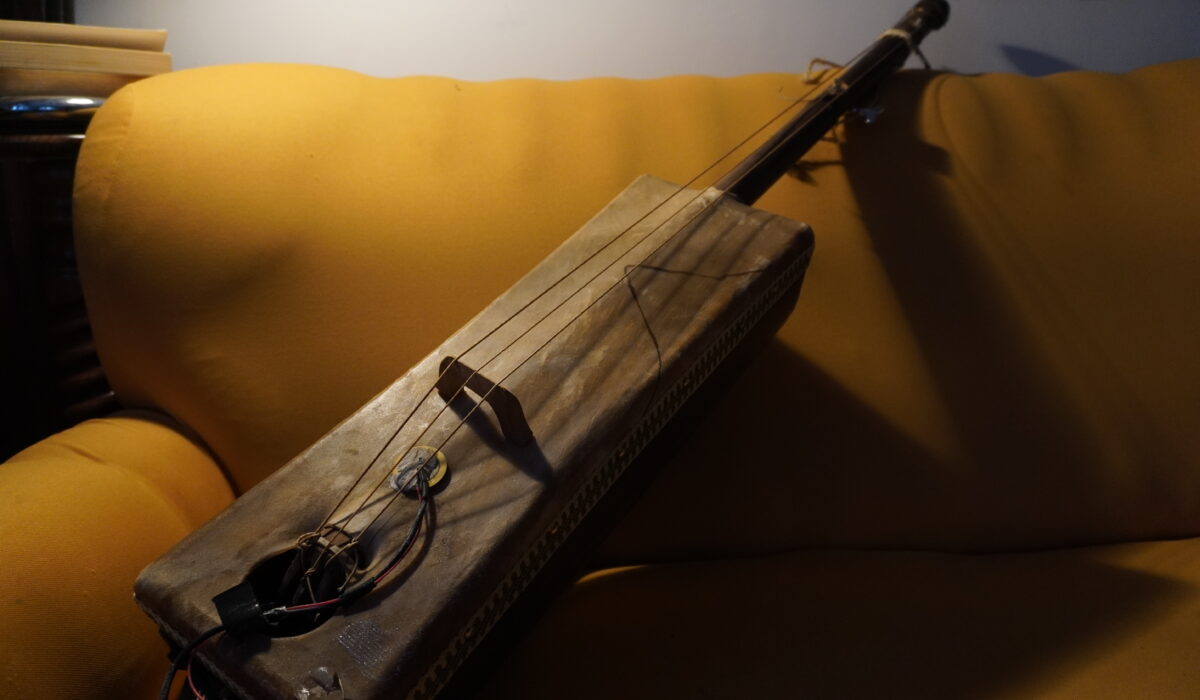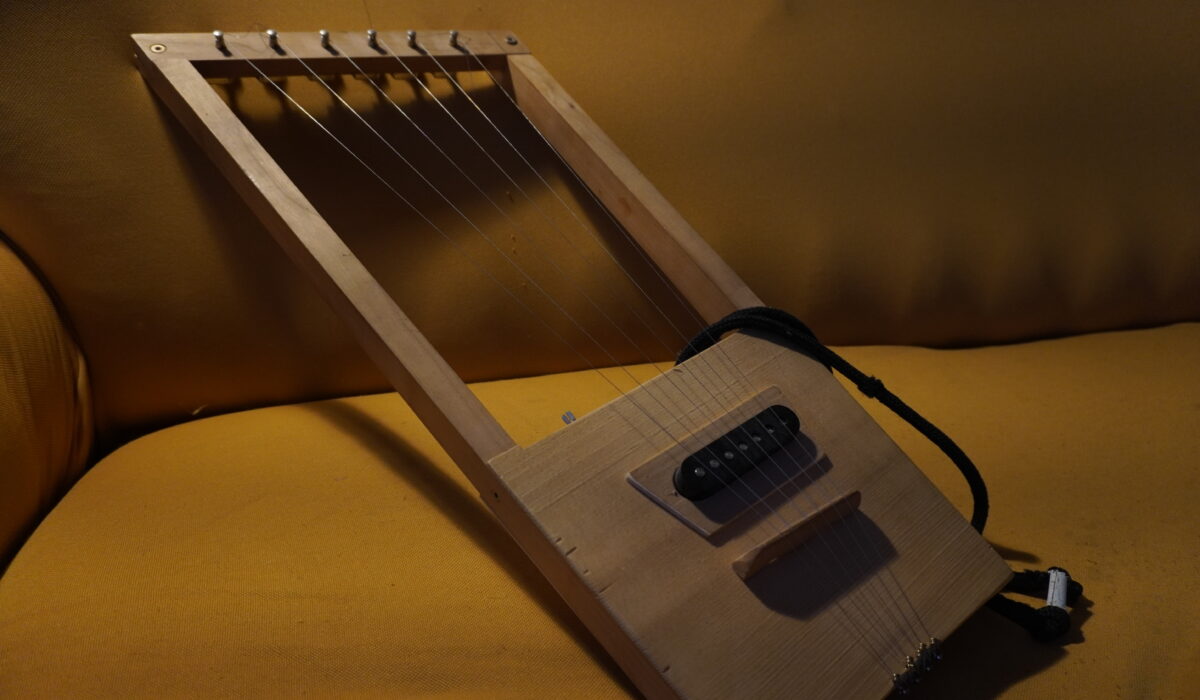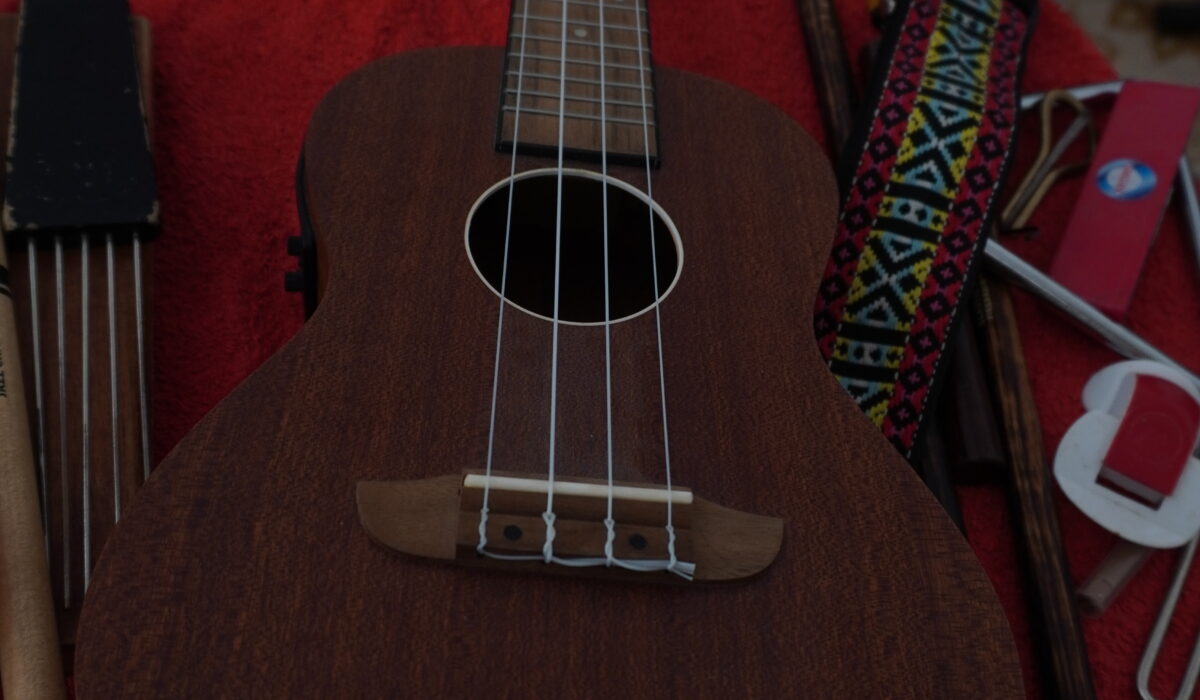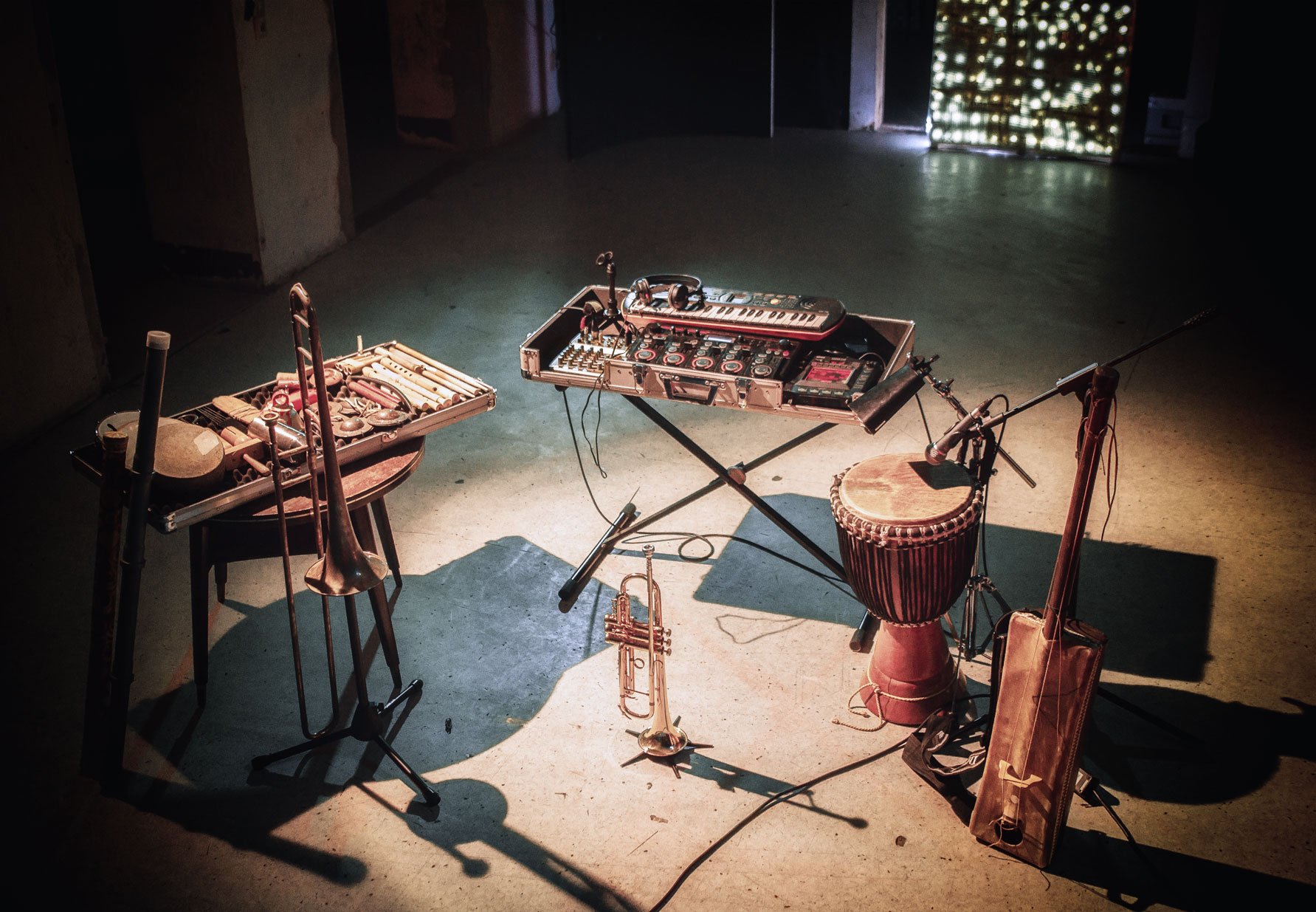
Instruments and Sounds
Loopmachine: I use 2x Boss RC 505 Loop Stations. When I attended the Frankfurt Music Fair in 2015 and saw the device presented, I thought, „This is the solution for the musical concept I have in mind.“ I’ve been playing the instrument since then. I appreciate its immediacy, tactile approach, and the possibilities for manipulating loops.
FX: As the initial input device, I employ a Kaoss Pad 3. The signal is then routed to the Loop Stations from there. The Kaoss Pad has been a concept for over 20 years, yet the idea has proven itself. It’s an effects unit in one, offering a calibrated and tactile approach to altering sound.
Octaver: I use an additional Bass Octaver from Electro-Harmonix. I enjoy the clear, deep, analog sub-bass sound it produces.
Mixer: For mixing and output, I utilize an Allen & Heath Xone 92. The mixer significantly enhances the sound and gives the overall audio a rounded, impactful quality. Additionally, it allows me to explore electronic sound aesthetics to the fullest.
MIDI Pedal: In instances where both hands are occupied but I still want to loop, I employ a Behringer FCB 1010 MIDI pedal. Note that one needs to upgrade the pedal with the UnoChip to make it compatible with the RC 505.
MIDI Wind Instrument: I use a NuEVI from Berglund Instruments, a custom-made instrument from Sweden. It’s a MIDI input device with trumpet-like fingerings. It’s absolutely incredible, enabling me to replicate any sound from Ableton Live as a wind instrument.
Voice and Beatbox
- Choir Loops (Kyrie Eleison) 2:03
- Overtone and Throatsinging (Loops) 4:01
- Dougu Kalimba - @Hngr Berlin ArYstan 2:28
I prefer to emphasize the voice as the foundation of all music. Treating the voice as an instrument brings immense enjoyment. Due to my upbringing within hip hop culture during my youth, I was consistently captivated by beatboxers. This fascination led me, in 2009, to embark on a self-teaching journey in beatboxing after the release of the first tutorial videos. I aimed to craft my unique vocal percussion sounds.
Recently, I’ve incorporated the Dubler into my live performances—a microphone capable of transforming voice and beatbox sounds into MIDI signals. This integration allows for comprehensive control over sound aesthetics using just the voice
Brass
Trumpet: What I admire about the trumpet is its affinity to the human voice and its versatile percussive capabilities. I can alter the sound by utilizing different mutes. I typically employ the trombone within a section context or to complement the trumpet.
The initial example showcases a section recording (Memona 2020), the second one features the jazz theme ‚Mr. Kenyatta,‘ (Funkallisto 2016) and the third presents a trumpet solo with a world music influence (Max Clouth Trio 2012).
Trp: Adams A6; Flugel: Courtois Brevetè
Didgeridoo: Circular breathing is an excellent practice, highly recommended for its health benefits. The sustained sound produced is perfect for creating a continuous drone, exemplified in this instance by a soundscape featuring didgeridoo, overtone, and throat singing for a theatrical production
Guimarde: A drone instrument found across the globe in various constructions. I acquired this particular one from Kazakhstan
Wind
- Bambooflute 0:25
- Nose flute 0:13
- Okarina 0:14
- Saz Surnay 0:31
Wind
My musical journey commenced with the flute, where I learned the fundamentals and self-taught diverse blowing techniques throughout the years. Along this path, I have explored a selection of unique instruments, including a self-crafted bamboo flute, an ocarina from Northern Italy, a Saz Surnay from Kazakhstan, a ney fashioned from a crutch, and a nose flute. Each of these instruments possesses its distinctive and enchanting sound, perfectly suited for crafting specific atmospheres. For instance, they contribute to the soundscape of a theater piece, setting the mood for the opening scene.
Crutch Ney
Reed
Zurna: I acquired this instrument during a trip to Turkey back in 2009. Subsequently, I discovered that it represents one of the earliest concepts for producing sound. In ritualistic settings, its penetrating sound has been known to evoke specific states of consciousness, akin to the practices observed by the Hamadsha brotherhood in Morocco engaged in Sufi rituals.
Saxophone: In 2018, I acquired a saxophone. While the fingerings resemble those of the flute, the playing technique differs from brass instruments. However, prior knowledge of the zurna facilitated a quick grasp of producing sound with this instrument. Below is a melodic saxophone introduction crafted for a scene in a theater production.
Percussion
- Cajon (Triotonos) 5:40
- Balafon 0:38
- Krakebs 0:24
- Talking Drum 0:14
During my residency in Madrid (2003-2005), I encountered the cajon, captivating me with its diverse array of sounds, prompting me to learn it. I specialize in playing the Cajon Camarada, known for its deep bass tones. Within the world music ensemble Triotonos, collaborating with guitarist Max Clouth, I primarily showcased my expertise on the cajon. Notably, in 2010, we embarked on a tour in India and recorded an EP.
Over time, I’ve expanded my repertoire with various percussion instruments acquired during my travels, including the djembe (from Senegal), darbouka (from Turkey), talking drum, and balafon (from Burkina Faso), along with krakebs (from Morocco), assorted rattles, shakers, and bells sourced from around the world. I have a keen interest in West African polyrhythmic music and its ritualistic applications.
Gradually, I assembled a collection of percussion instruments akin to a drum set, wherein the cajon serves as both a standalone instrument and a bass drum.
Here’s an illustration demonstrating the integration of these diverse instruments within a LiveLoop setup
Strings
- Guimbri 4:37
- Kobyz 0:35
I was introduced to the Guimbri while researching trance rituals in Morocco. The powerful bass rhythms of the Gnawa music are truly remarkable. My interest in other string instruments like the Ngoni (from Burkina Faso) or the Kobyz (from Kazakhstan) stemmed from a similar fascination. What captivates me about the Ngoni is its ability to produce wonderfully harmonious patterns. The Kobyz emits a hauntingly monotonous sound rooted in a shamanic heritage. The krar (from Ethiopia) resembles an ancient lyre and offers versatile tuning options. Additionally, I incorporate the ukulele as a harmonious addition when creating live loops.

